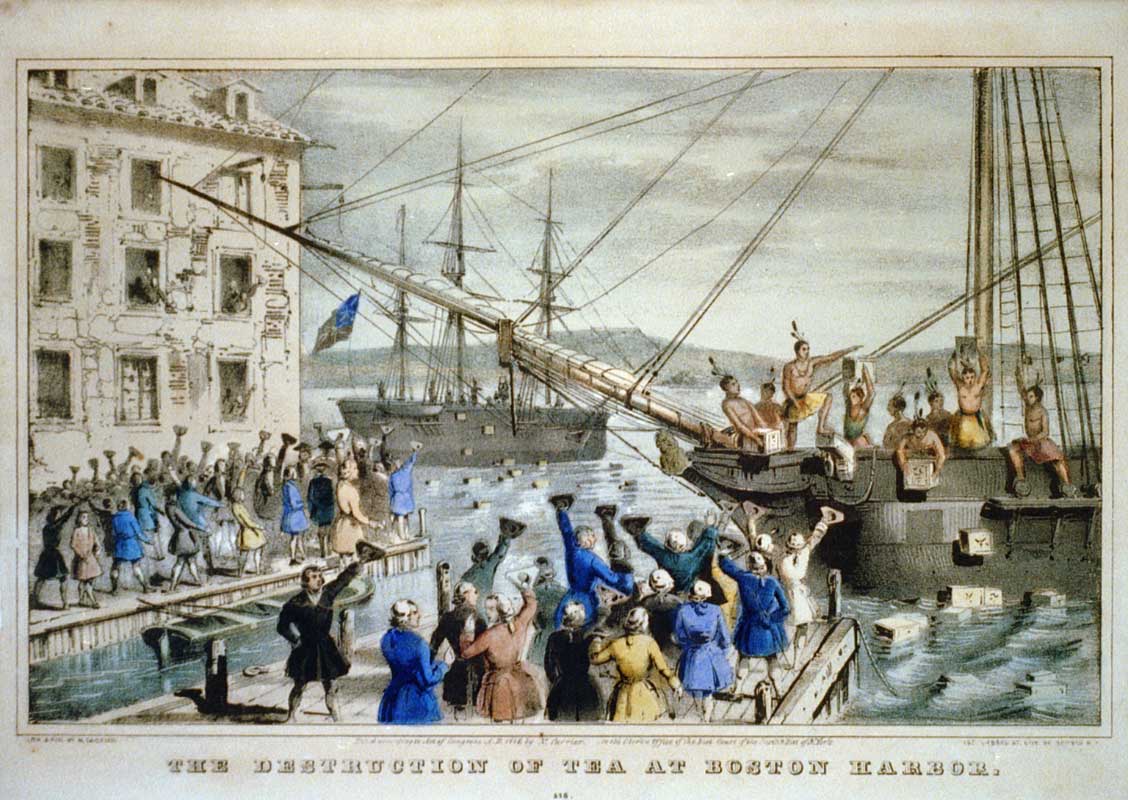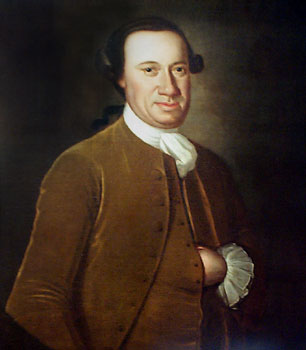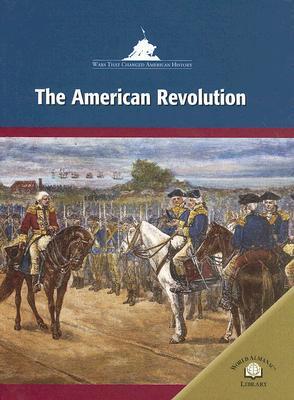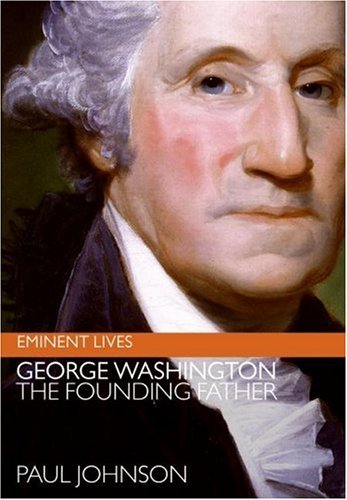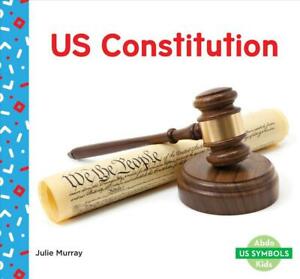LIBRARY BLOG
America’s Secret
The Presidents Before George Washington
In 1774 the first Continental Congress met when delegates from the 13 British colonies deiced that the Coercive Acts, which were a series of measures put in place by the British government after the Boston Tea Party, were intolerable. In fact, the colonists referred to the Coercive Acts as the Intolerable Acts because it enforced more strict legislation on the colonists who already felt like they were being taken advantage of. Most Americans have at least heard the phrase “no taxation without representation” once in an American history class, but what did it really mean? Well, it all started with the Tea Act of 1773.
The Tea Act was imposed by the British government in order to bail out the East India Company which was near financial collapse. The act allowed the East India Company to monopolize the tea industry in the British colonies, including America, selling excess tea at a reduced price. However, any good imported to the American colonies at this time was taxed under the Townshend Duties—a series of acts passed by British parliament in 1767 and 1768. To get around paying these taxes to the British crown the American colonists had been smuggling in Dutch tea and other goods for some time. The colonists believed the Townshend Duties were an abuse of power because of their lack of representation in parliament, which ultimately led to the famous Boston Tea Party.
On the night of December 17, 1773, the Sons of Liberty, some disguised as Native Americans, destroyed roughly 45 tons of tea by dumping 340 shipping containers into the Boston Harbor. The Sons of Liberty was a secret organization led by Samuel Adams that fought for colonial rights. Mostly, the group believed that the British government could not force Americans to pay taxes. The Sons urged other American colonists to support the resistance by using petitions, assemblies, propaganda, and even violence against British officials. More and more Americans were showing defiance against the British crown. Some became revolutionaries while the others remained loyal to the crown, known as loyalists.
Taking matters into their own hands, the revolutionaries formed the First Continental Congress in Philadelphia simply trying to make their concerns heard in Great Britain by sending letters to the king and organizing a boycott on British trade. The following year the Second Continental Congress went on to function as a national government at the outset of the Revolutionary War by raising armies, directing strategy, appointing diplomats, and writing treatises.
Most importantly, this congressional body was responsible for drafting and ratifying the Declaration of Independence in 1776. The Revolutionary War was fought for eight long years, finally coming to an end in 1783 when Great Britain and American representatives signed the 1783 Treaty of Paris, which formally recognized the United States of America as an independent nation. However, George Washington did not become President of the United States of America until 1789, so who ran the newly independent country for the six years following the end of the revolution?
Several men held the position: John Hanson (Nov 5 1781 – Nov 3 1782), Elias Boudinot (Nov 4 1782 – Nov 2 1783), Thomas Mifflin (Nov 3 1783 – Nov 29 1784), Richard Henry Lee (Nov 30 1784 – Nov 22 1785), John Hancock (Nov 23 1785 – Jun 5 1786), Nathaniel Gorham (Jun 6 1786 – Feb 1 1787), Arthur St. Clair (Feb 2 1787 – Jan 21 1788), Cyrus Griffin (Jan 22 1788 – Apr 30 1789), and Samuel Huntington (Sept 28 1779 – July 10 1781). Why do these men seem to be left out of history books, forgotten by the world?
Before the US Constitution that we know today was drafted and ratified, the newly independent America operated under the Articles of Confederation. The articles provided a structure for the people during the tumultuous time after the Revolutionary War, but it ultimately did not give the federal government enough power. The Articles were unsuccessful because it was structured around a weak central government and strong states that retain, “its sovereignty, freedom, and independence, and every power, jurisdiction, and right…not…expressly delegated to the United States in Congress assembled.” (Article II) Problems with this strategy immediately became apparent as each state viewed its own power and sovereignty as more important than the national government. The states would not help financially support a central government. Among other weaknesses Shays Rebellion finally proved the sheer uselessness of the federal government as a combined militia could not be formed by congress to put down the rebellion.
Finally, the Constitutional Convention was held on May 25, 1787, but delegates decided that changes to the Articles could not be made—an entirely new US Constitution needed to be created. It took delegates two years to draft the final version of the new Constitution. So, it was under this piece of legislation that George Washington became the first president of the United States of America in 1789.
The two offices are wildly different. The President of the United States holds a significant amount of power compared to the President of Congress. However, the President of Congress was still quite instrumental in the proceedings of United States Congressional hearings. The office was also responsible for handling various state correspondences, with congress’s approval, and signing official congressional documents. However, unlike the president of the US under the Constitution the President of Congress had absolutely no executive power whatsoever—the position was more of a ceremonial role. The people felt that political power should not be concentrated in one individual, making the position of President of Congress almost completely powerless.
While George Washington may certainly be the first president under the constitution, some historians agree that technically he was not the first president of the independent nation known as the United States of America.
Recommended Books and Documentaries
Bibliography
“American Revolution.” Columbia Electronic Encyclopedia, 6th Edition, Feb. 2020, pp. 1–4. EBSCOhost, search.ebscohost.com/login.aspx?direct=true&db=khh&AN=134483610&site=ehost-live.
Anderson, Gordon L. “The Formation of the United States.” World & I, vol. 20, no. 1, Jan. 2005, p. N.PAG. EBSCOhost, search.ebscohost.com/login.aspx?direct=true&db=khh&AN=16264869&site=ehost-live.
“The Articles of Confederation.” Articles of Confederation, Aug. 2017, p. 1. EBSCOhost, search.ebscohost.com/login.aspx?direct=true&db=a9h&AN=21212314&site=ehost-live.
Buckley, F. H. “The Fall and Rise of Crown Government.” Drake Law Review, vol. 68, no. 2, 2020 2nd Quarter 2020, pp. 247–272. EBSCOhost, search.ebscohost.com/login.aspx?direct=true&db=a9h&AN=144393137&site=ehost-live.
-Emily Duplantis, Youth Services

